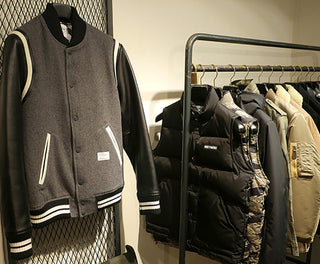While in Kobe, Japan, I heard about a streetwear store that was supposed to be really cool. Well, a little searching later, I found Shackman and I wasn’t disappointed. The store is definitely small and very boutique-style, but almost every product in the store is really impressive. Like a lot of Japanese fashion/streetwear the prices aren’t cheap but when you look at the quality, detail, and style you realize the price is totally justified.
I was so stoked with all of Shackman: The store, the brands, the style – to the point where the owner Sena Takehiro and I ended up talking for a while. Always interested in different perspectives, I decided to ask Sena a few questions about his store and streetwear culture in Japan.
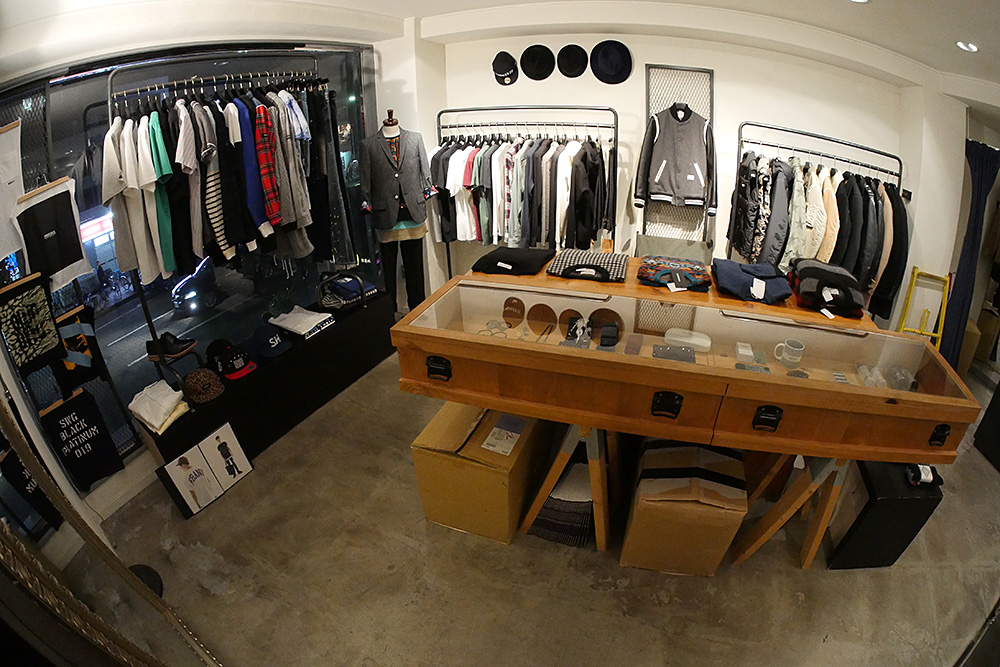
“TO PUT IT PLAINLY, [JAPANESE STREETWEAR IS] FREEDOM.”
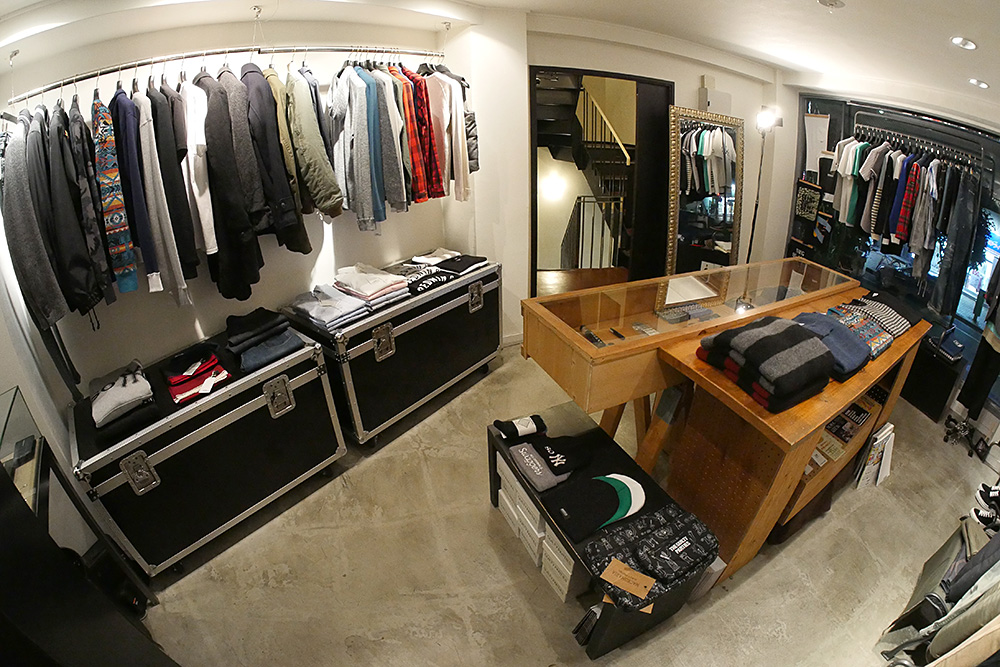
AARON NARDI: I really like the style of the Shackman shop. Describe Shackman.
SENA TAKEHIRO: We are a fashion shop. We carry Japanese domestic brands’ products.
You don’t have a lot of product, but the product you do have is really good, is that intentional?
Our shop is small so we can’t carry wide variety of products. With that said, we do our best to offer the best in a variety of clothing and cultures as much as we can.
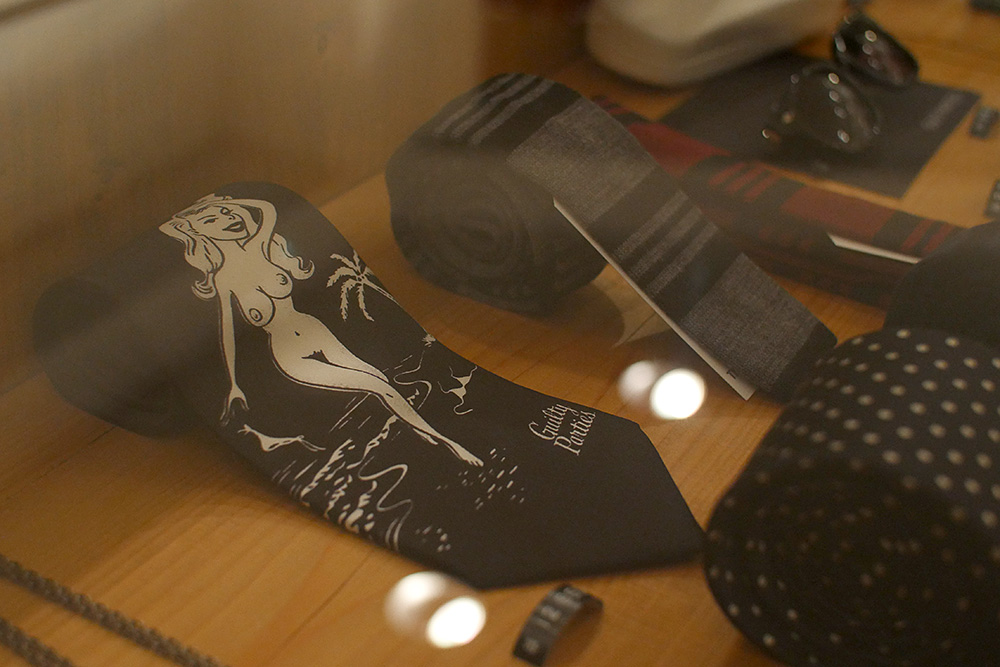
This tie was probably my favorite item in the store. Something about the way it combines Americana, Hawaiian, and Japanese vibes together is amazing.
You carry a few cool brands I’ve never seen before like Guilty Parties and Bedwin & The Heartbreakers. Are those Japanese brands? Do you think they will ever be available in the US?
They are all Japanese brands. Bedwin is available in US at a few shops already. Guilty Parities, which is called Wacko Maria here in Japan, should be available in the US in near future.
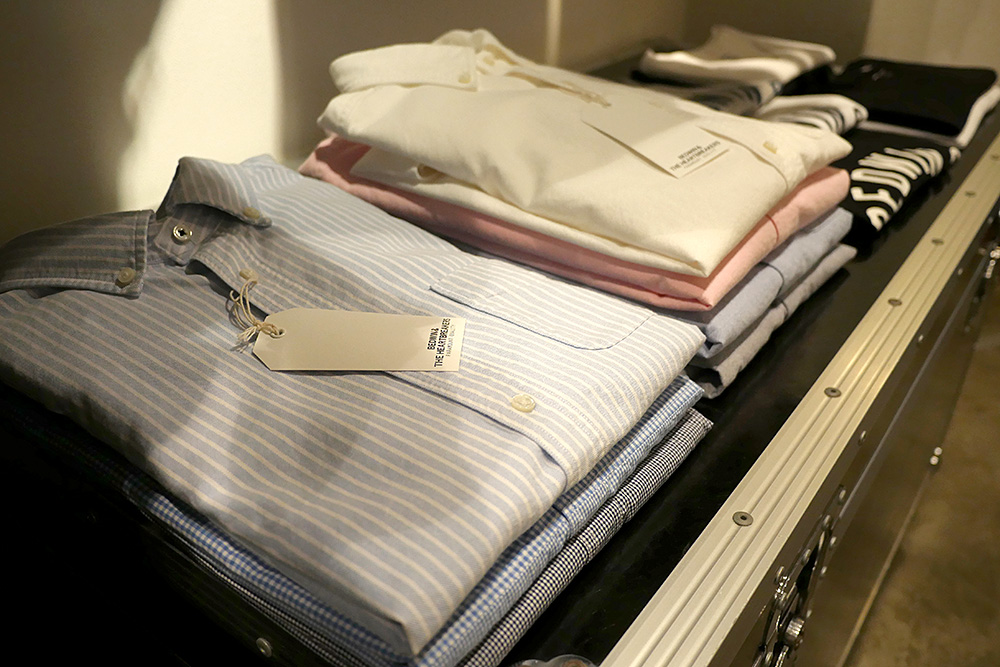
I have a hard time finding European cuts that fit, but some how a Japanese size 3 seems to work out really well.
Describe Japanese streetwear and fashion.
To put it plainly, it’s freedom. Before people in the street scene would follow a certain rule of fashion or belong to a faction or group and wear in their manner, whereas now people now enjoy street fashion [in a] more liberal manner. I’m sort of missing old days though, but with instilling those roots and rules to young generations, I want to respect fashions based on liberal ideas too.
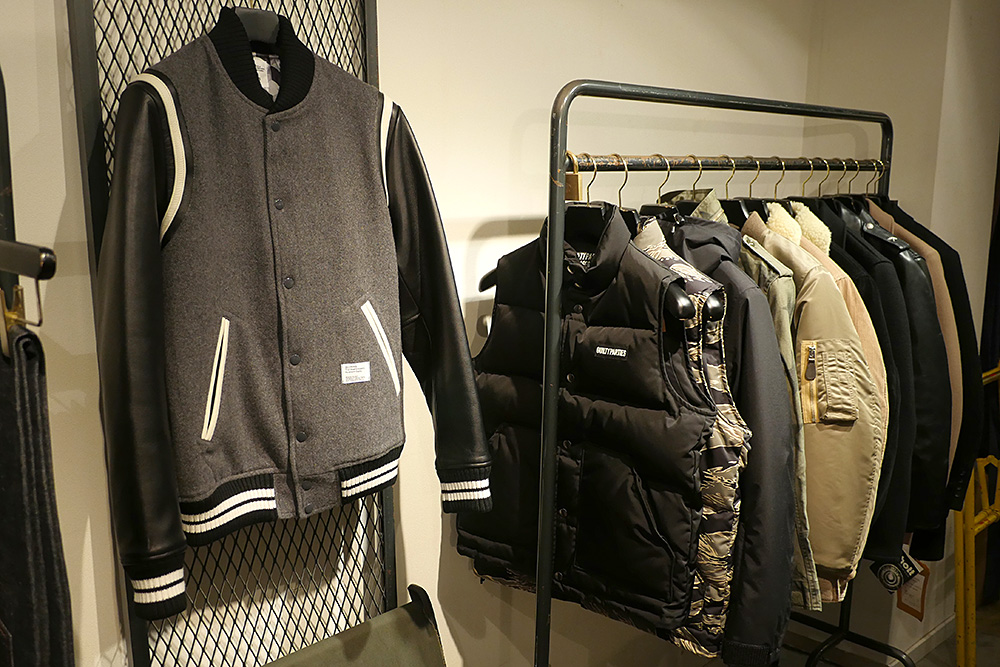
Do you pay attention to American streetwear and fashion? What are some of your favorite brands?
I really do. All I wear is American and European fashion that Japanese reconstructed. I rarely wear clothing that I carry at my shop, I prefer Ralph Lauren, Nike, Levi’s, Converse, such authentic brands.
What do you see as the differences between America and Japanese fashion / streetwear?
I don’t see a specific difference, but the four seasons that we have here in Japan may influence it. We change clothing every season; Spring, Summer, Fall, and Winter and we enjoy the changes. It’s not cold or hot all year long in Japan, which influences us that clothing is not only about “wearing.”
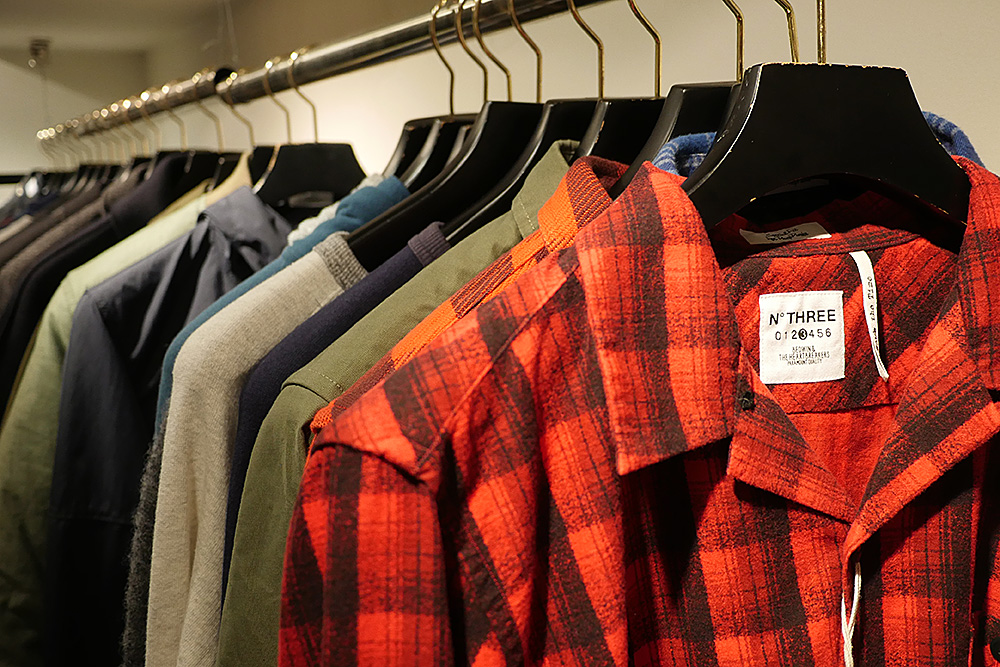
On point Japanese details and labeling.
Most of the Japanese streetwear I’ve seen tends to border high-end fashion. Is this normal? Is all Japanese streetwear high end?
I believe most of them are nicer, but some of them are not. But in case of troubles, I believe their customer service is always great too.
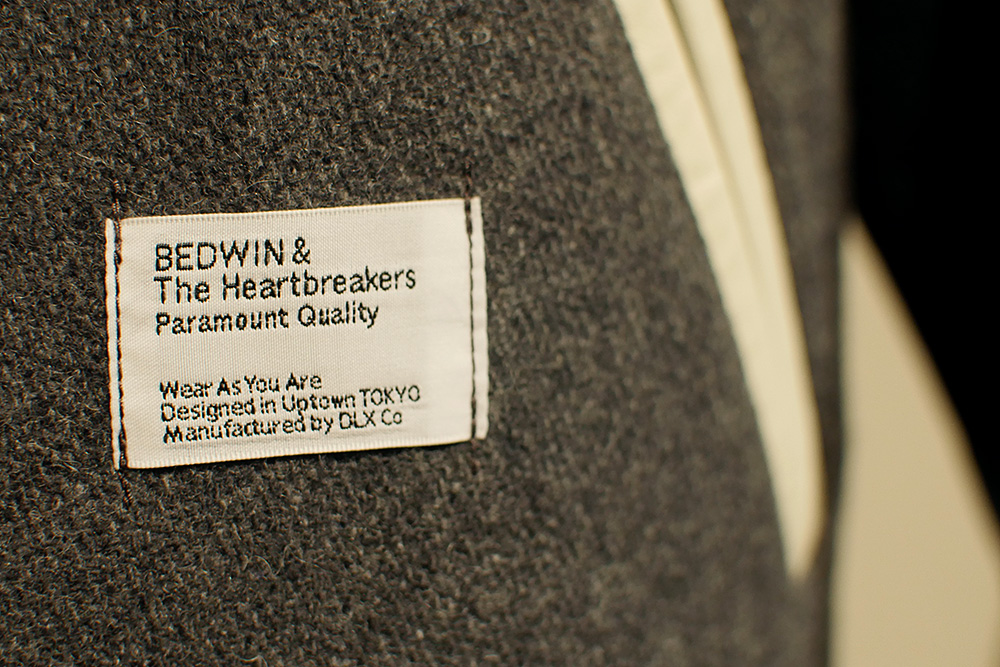
I always love the messages Japanese brands include on their garments, they always sound like ancient proverbs or something.
What got you into fashion and streetwear?
There was a huge fashion boom centered a part of Hara-jyuku called Ura-hara when I was in junior high. It influenced me a lot to make clothing myself. And I started working at clothing shop around 20 years old and realized selling clothing is more attractive to me rather than creating them.
Very cool. What made you want to open your own store?
The shop that I used to work for closed in January 2014. I lost my job and I shop where my customers love, so I started my own [for the customers].
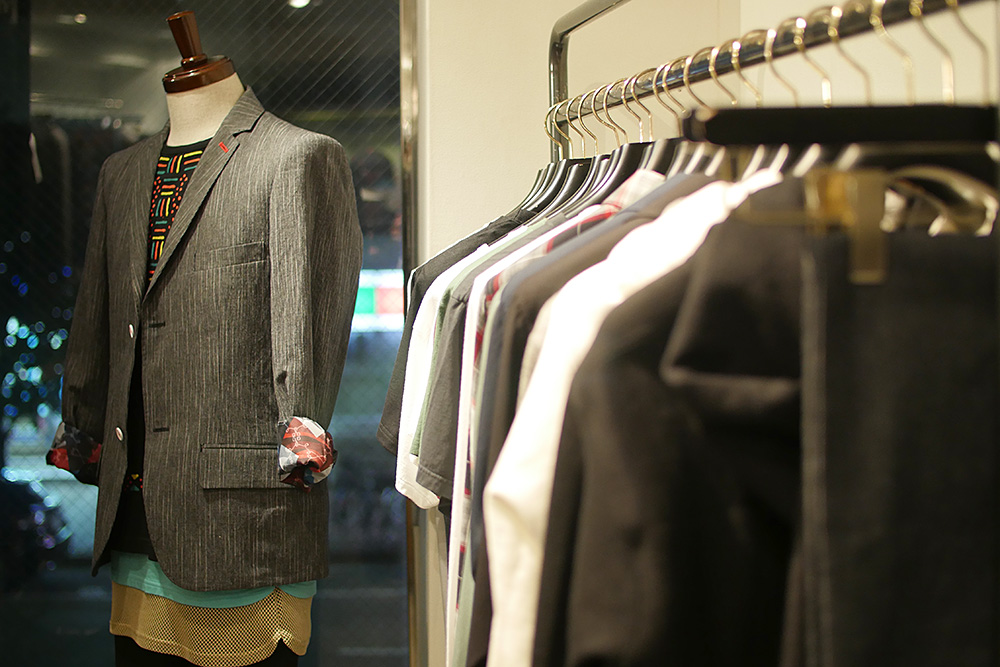
I have a hard time wearing a blazer if it’s not as an actual suit, but when put together, this Japanese layered look seems to make total sense.
Describe your personal style.
I love people, clothing, drinking, music, and girls.
Hard to argue with that. Is there a difference in style from Tokyo to Kobe/Osaka?
Tokyo used to be only a source of style information, but a bunch of creators in Osaka also spread a variety of [trending styles] now. In terms of shop staff, people from West Japan have more humor and are more generous.
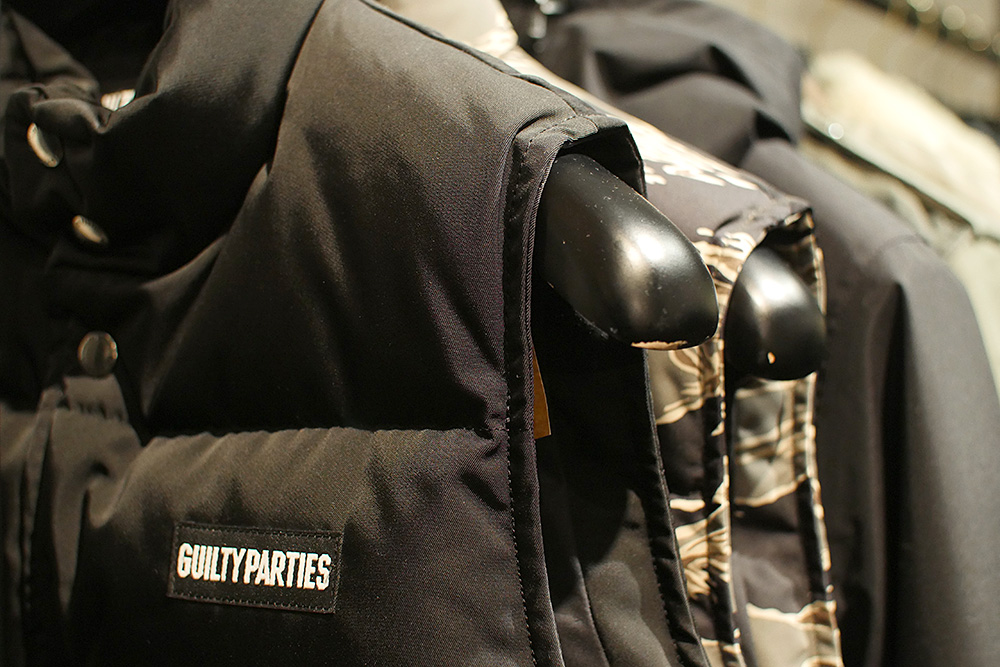
The cooler months in Japan are dominated by vests. Personally I love them and since returning from Japan, I’ve found a lot of Americans will talk shit on vests and it’s really opened my eyes as to how close-minded some of us can become.
How long has Shackman been around? How long has Shackman been at the new location?
Shackman started in 2001, but I took it over as an owner in February 2014. We’ve been at the new location only 9 months.
Since I can’t read Japanese, I had a little trouble finding the new shop, can you give me some simple directions for visitors?
Shackman is on the second floor of the building, and the building is the second one from the corner across from Circle K (Sunkus). We have a website, Instagram, and Facebook, but they are mostly in Japanese. Please go to www.Shackman-web.com or look up #shackman tag on SNSs.
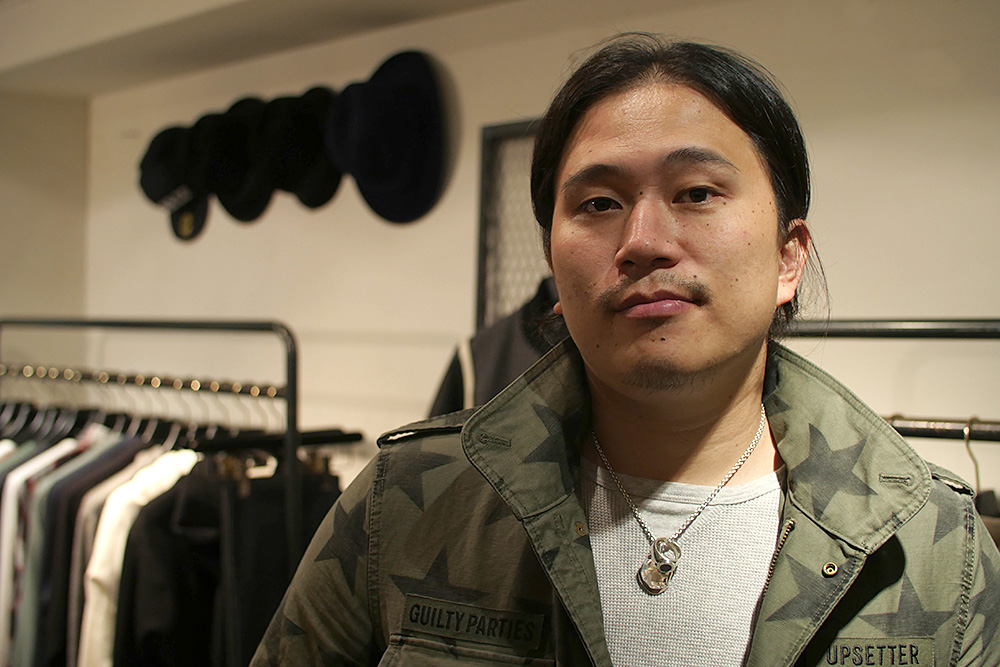
Sena Takehiro is a good knowledgable dude that’ll help point you in the direction of other cool stores around Kobe when you visit.

